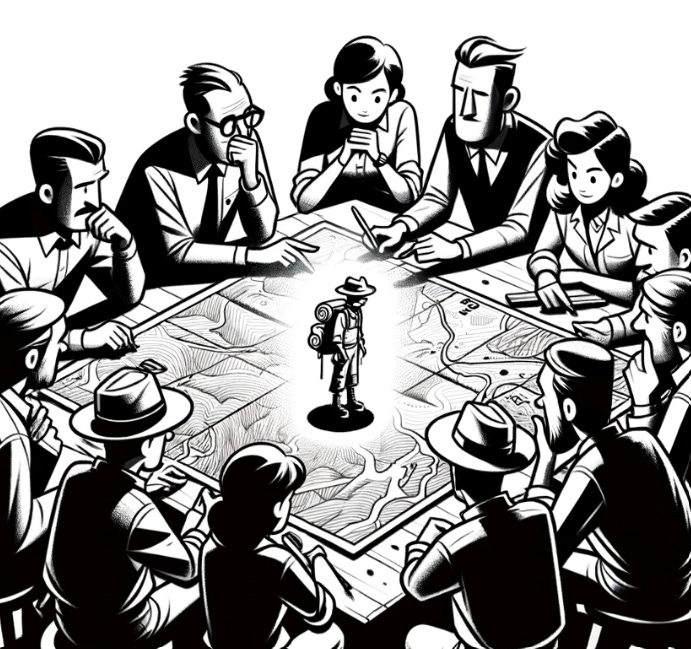This week we bring you stories about data at the fringes of human experience.
Data, ML and AI do a few basic things. They label, count, calculate and predict our experience. This is a weird and powerful thing to do.
Powerful, because it confers a control over our world that’s almost Biblical (whatsoever Adam called every living creature, that was the name thereof).
Weird, because there’s a kind of flattening magic about taking a complex experience and reducing it to a bunch of tags and numbers.
As we use AI to boost our competence in almost every part of life, data will have to come back and forth from those fringe experiences more easily than it does today. Whether that zone of novelty is an icy woods, or simply crawling around your living-room floor.
BABY WEARS HELMET CAMERA FOR AI
A NYU-based research team asked Sam--a baby--to wear a helmet camera for 2 hours a week for the first 18 months of his life. The training data was used to teach AI to speak like a human learns to speak.
ARMADA TAKES DATA TO WAR
Battlefield operations, oil rigs… these places are hard to get to. But they’re spots where analytics can mean saving lives, or protecting workers (and massive investments) from storms. Company Armada pumps data gathered on the edge to mobile data centers (they call them “Galleons”), so the generals can use all the intel… and the analytics… for better decisions.
ACCESS DATA LIKE A GIANT
Startup Neurelo raised $5MM on the vision that they can help companies bridge the gap between their applications and their databases. The data’s right there… the companies own it… but a lot of engineering is required. What if you’re not that well-resourced? Neurelo’s custom APIs help the rest of us make use of our data like we were Big Tech.
SYNDICATED BANK LOANS ARE A DATA JUNGLE
Syndicated loans make up 10% of all bank revenue, but, according to McKinsey, the data and tech supply chain to create these loans are uncharted jungle. Classic example of data fragmentation, with an industry that tolerates the mess because it doesn’t see itself as a data business. “Attracting and retaining talent is the preeminent challenge.”
RESCUE LOST HIKERS WITH ANALYTICS
Search And Rescue (SAR) teams now know there 41 types of people who get lost (like fishermen, hikers, and mountain bikers) and each type displays different "lost person behaviors." For instance, hikers will follow water. To rescue them, follow the streams. These behaviors can be modeled and used to direct a search when an outdoorsman goes missing. “You see the families and how devastated they are,” says geospatial researcher Krystal Dacey. The analytics help reunite them sooner.







